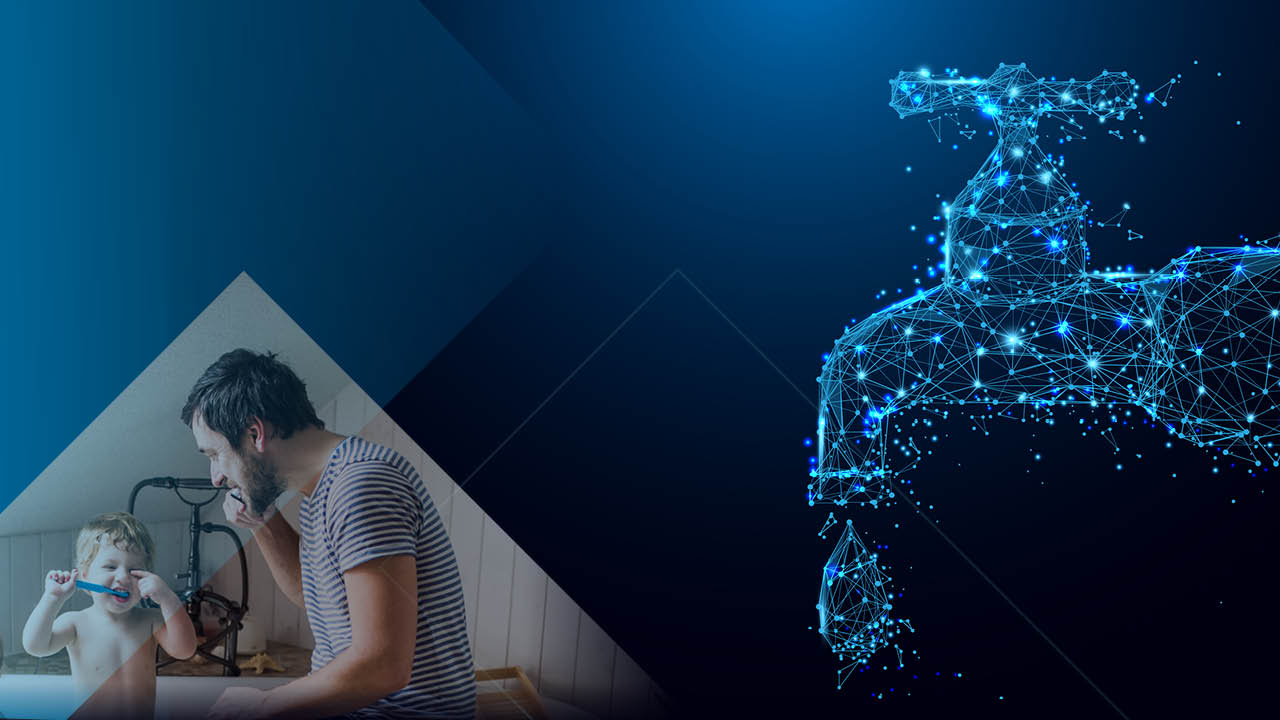Insights
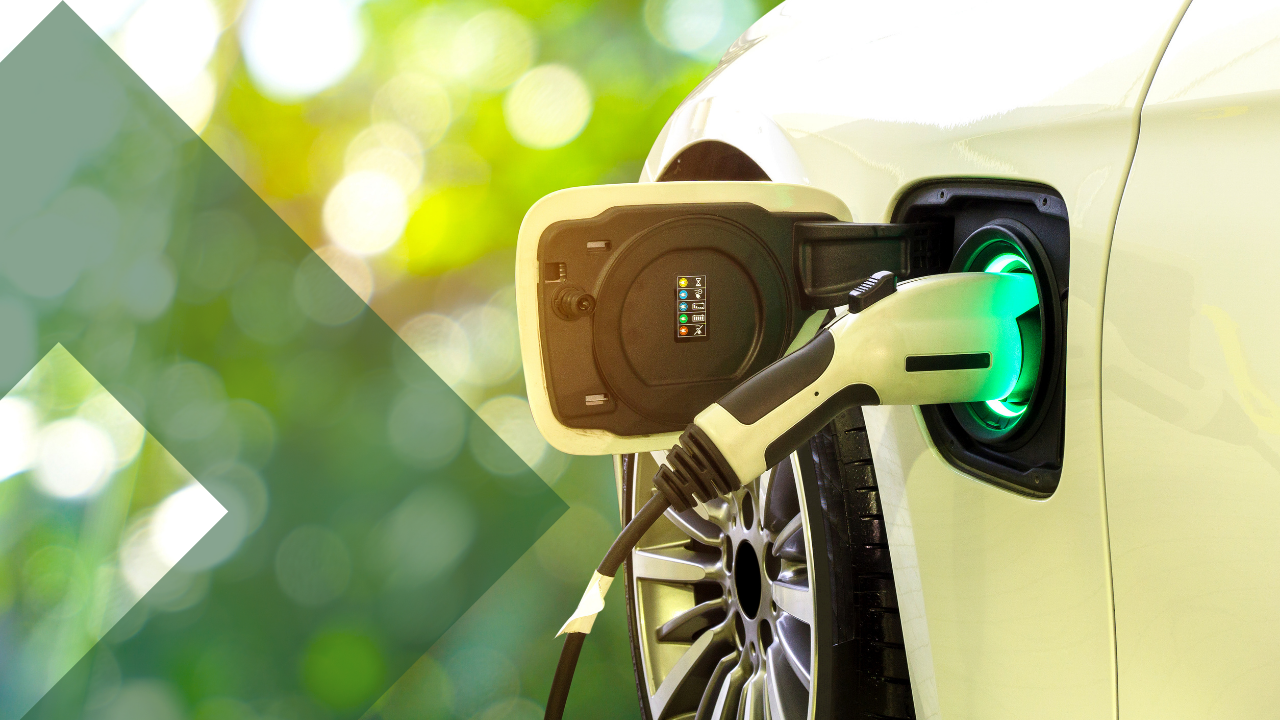
Why it’s time to start accelerating the decarbonisation of your fleet
2030 is the milestone that many public and private sector organisations have circled in their diaries as the year when their vehicle fleet operations will be zero tailpipe emitting – Costain among them. Our Car Fleet Transition Plan outlines the steps we are taking to ensure we achieve a fully emission free fleet both for our company cars and car allowance fleets by 2030.

10 Point Pod - Carbon capture, use and storage
When the UK Government released its Ten Point Plan for a Green Industrial Revolution in 2020, it included carbon capture, storage and usage as point number eight. Although the capture and safe storage of carbon dioxide has been discussed as an option for combatting climate change for many years, it is yet to come to fruition in the UK. So what is different this time round? What do we need to reach the Government aim of 10 million tonnes of storage capacity by 2030?
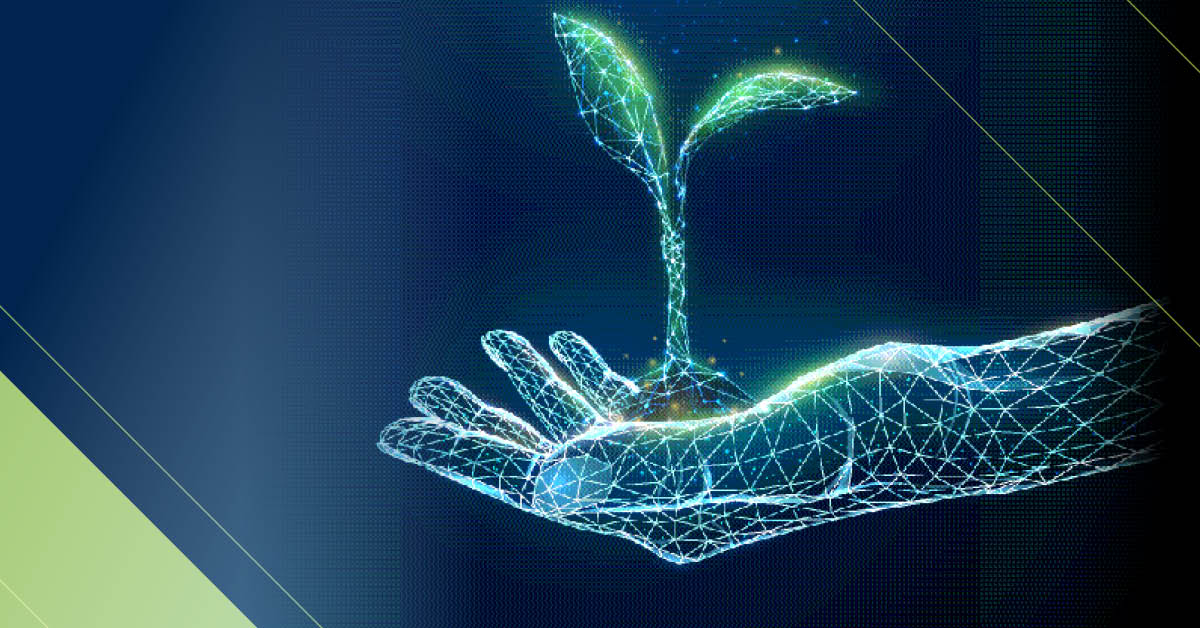
Future-proofing our planet
The recently published Intergovernmental Panel on Climate Change (IPCC) report has highlighted the harsh reality of the damage we are inflicting on our planet. It’s clear that industry must do more to future-proof our environment for the generations to come.
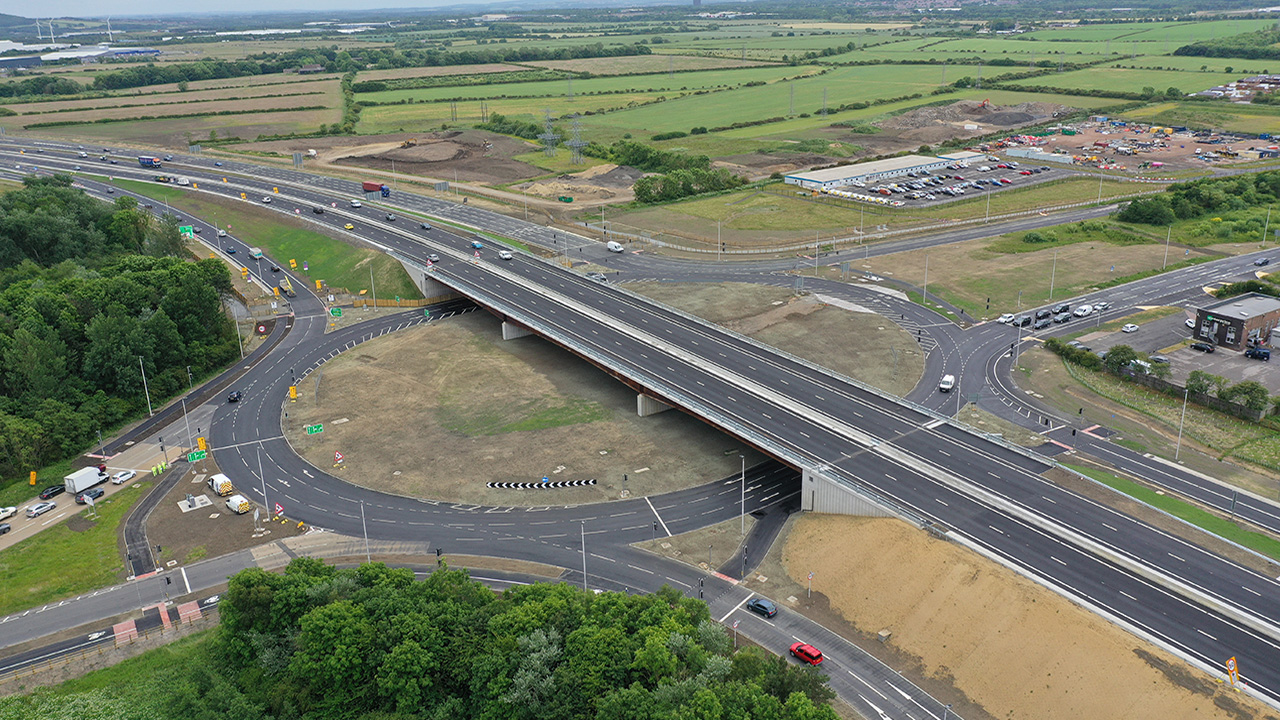
Delivering complex infrastructure programmes – the A19 story
The UK’s Road network is the backbone of the country’s transport infrastructure. It provides real and direct economic benefits: to business, to workers, to users. Better connections support individual towns and cities and the surrounding communities. Keeping traffic moving through faster, safer, greener, and more efficient project delivery is encapsulated in the A19 Testos junction improvement scheme.
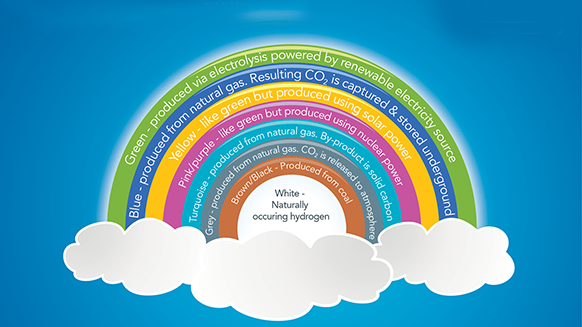
Blue or Green hydrogen? What colour will the fuel of the future be?
The debate around which direction the UK should take in terms of blue or green hydrogen is complex. Hydrogen can be produced by a variety of methods, and to differentiate between them, they are referred to as different colours. Blue and green hydrogen are the focus for this discussion in an article first published by Energy Voice.
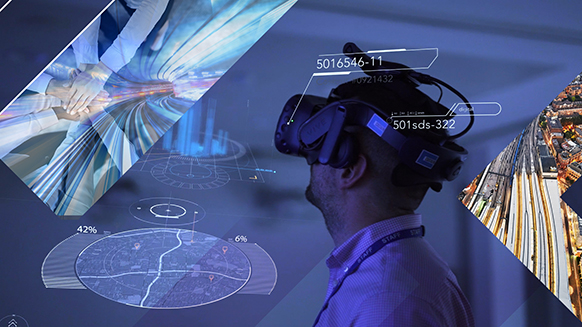
You see a busy site, we see safer and more efficient construction through video analytics and AI
Tackling the need to adapt and find new and innovative ways to support communication, planning, and safety activities on construction sites, Costain is collaborating on a digital research and development project, partly funded by Innovate UK to help improve productivity, reduce costs, and enhance the safety and security of all workers.
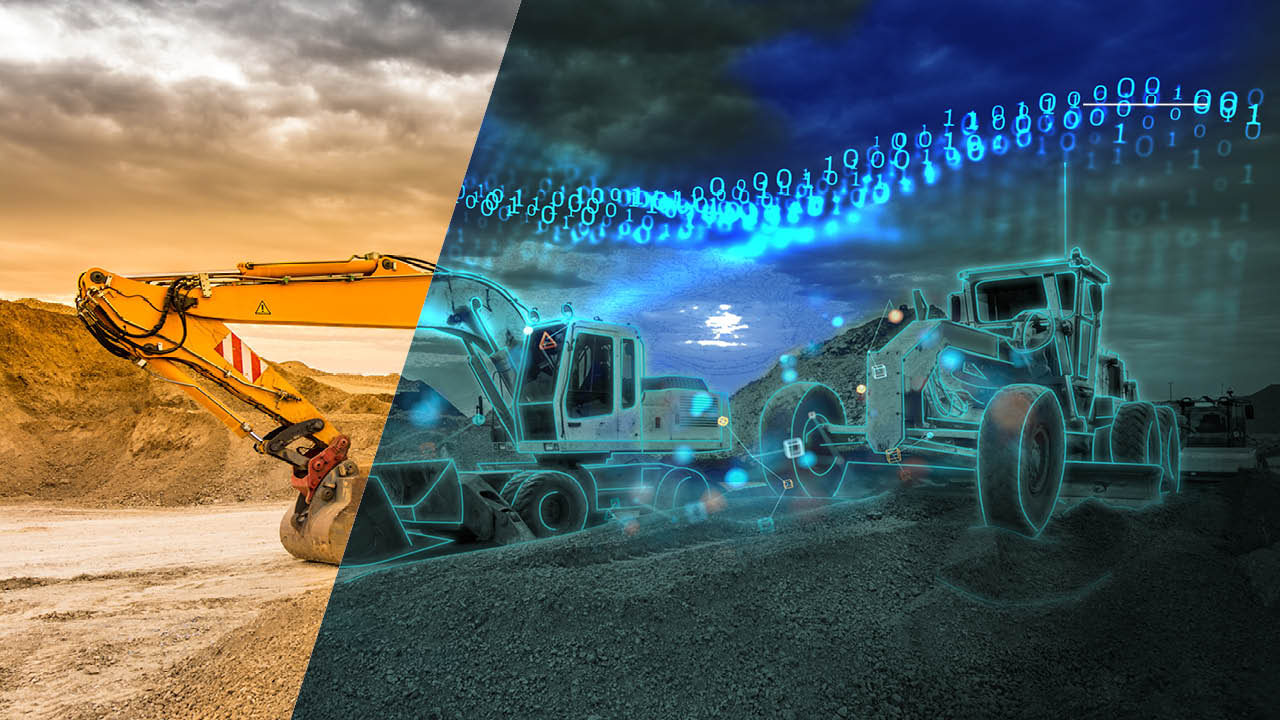
Reducing the construction machinery carbon footprint through data driven behaviours
In 2018 Costain was one of the first infrastructure companies in the UK to introduce air quality standards for plant machinery used on complex delivery projects nationwide, reducing the impact on the local environment and communities. This standard is now widely adopted across the industry.

How an ‘Alexa’ for infrastructure is emerging
We’ve seen what a single source of truth and collaborative data sharing can do on a major programme like the A14 but how might this be applied across a number of programmes, a framework or even an enterprise? Here we discuss how setting up the right data sharing platform can help transform programme or business performance and meet carbon reduction targets.
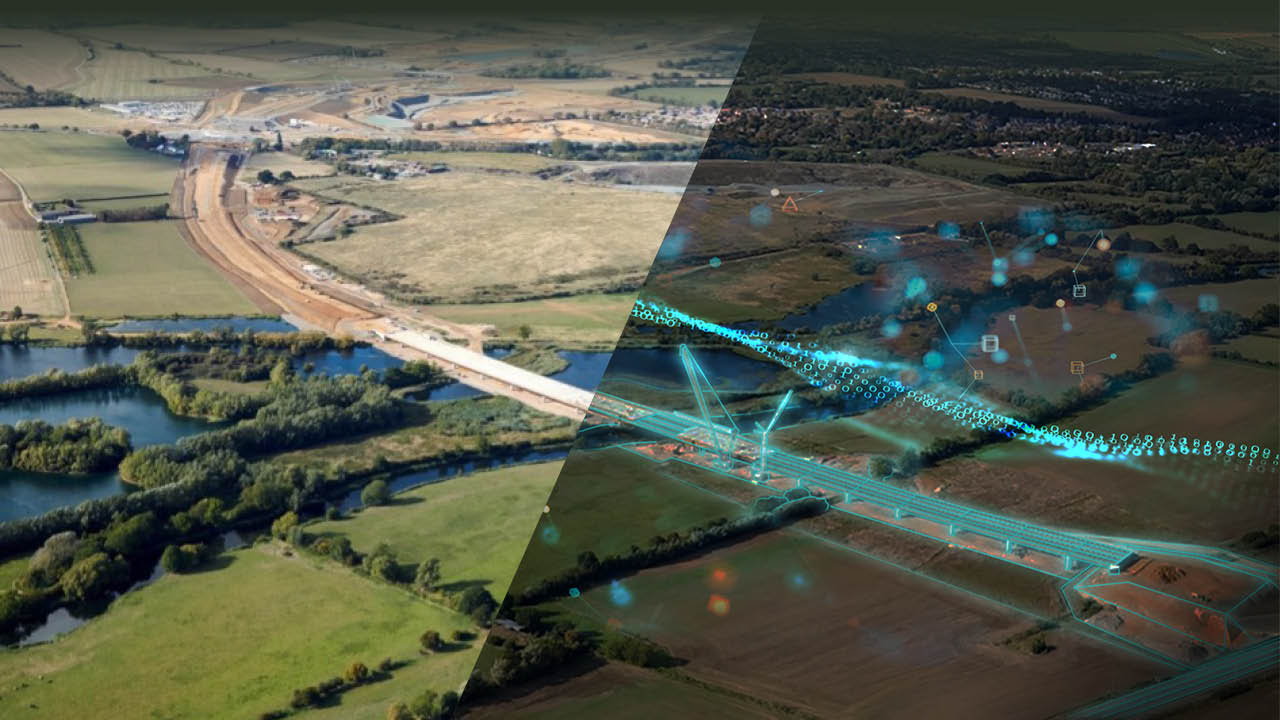
How cultural and digital initiatives enhanced integrated working and delivery of the A14
The first phase of the Cambridge to Huntingdon improvement scheme was completed a year ahead of schedule, and the second eight months early with £196m in efficiencies realised against the client target of £108m. One of the questions Mark Berg is often asked is ‘how?' Read more to learn how the A14 Integrated Delivery Team exceeded expectations.

How better data gathering can help enhance social value and build trust (part two)
This is the second in a series of articles that explores the potential of technology to help us maximise the impact of our social value initiatives through better gathering and management of data. In this article, we look at how digital technology is improving the conversations we are having with communities and the data that demonstrates we are improving people’s lives.

